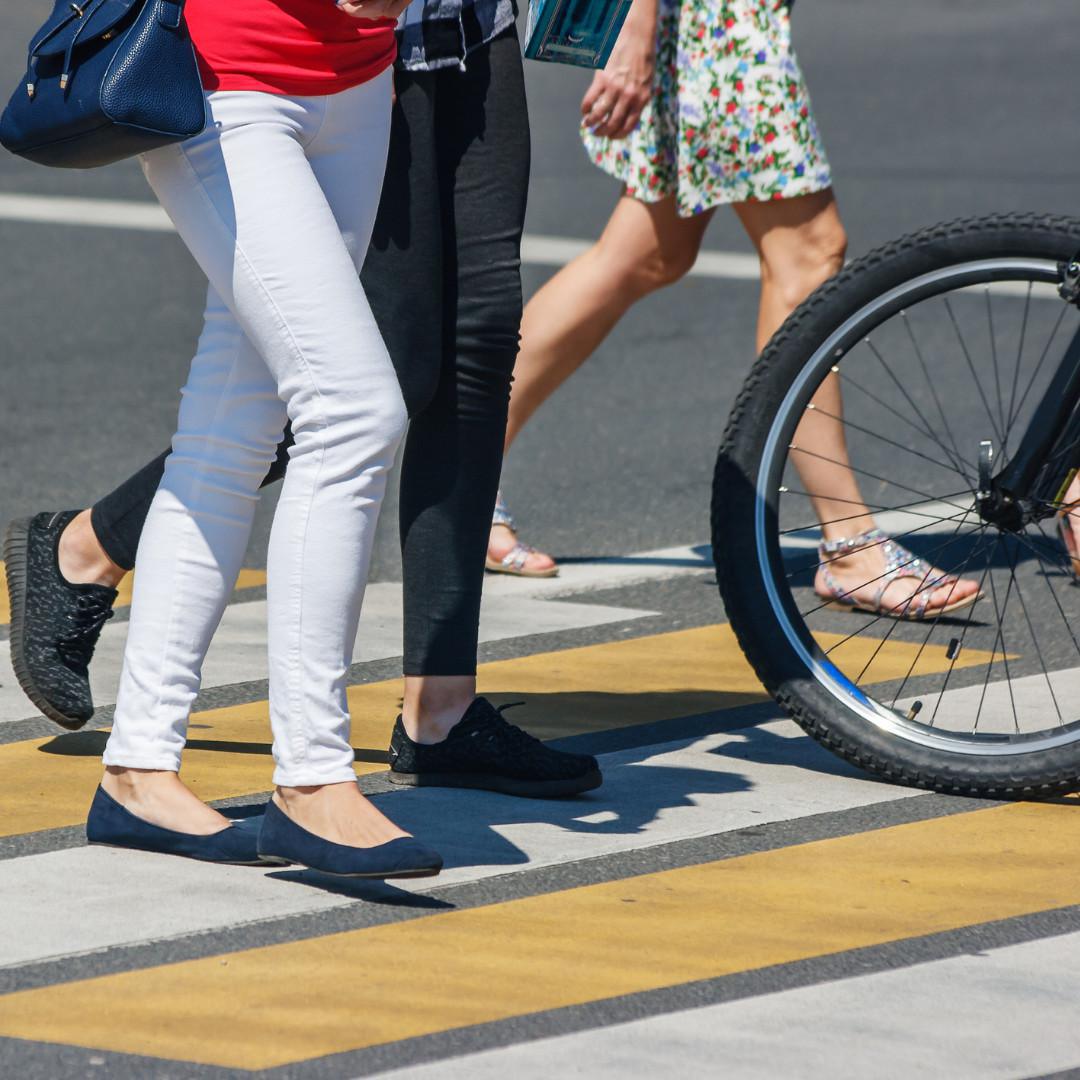Los Angeles has always been a car-centric city. Its sprawling layout and iconic freeways are deeply ingrained in its identity. But there's a growing movement to make LA more walkable, and it's having a surprising impact on the real estate market. In certain neighborhoods, walkability is becoming a sought-after commodity, attracting residents who are willing to pay a premium to live in areas where they can leave their cars behind.
These walkable enclaves offer a taste of urban living that's often hard to find in LA. Think charming streets lined with local shops and cafes, neighborhoods where essential amenities are just a short stroll away, and a sense of community that fosters casual encounters and neighborly interactions. Some of the most coveted walkable areas boast historic architecture, tree-shaded sidewalks, and a vibrant street life that attracts both residents and visitors.
Of course, walkability comes with urban density, and some residents are attracted to the energy and convenience of a bustling neighborhood. Public spaces are essential, offering breathing room and places to gather. From iconic parks like Griffith Park and the smaller neighborhood green spaces to the recently revitalized LA River and waterfront redevelopment, the city is recognizing the importance of these outdoor havens in creating a livable, walkable environment.
The city has undertaken a number of projects to encourage walking and biking. These include creating pedestrian-friendly streetscapes, expanding bike lanes, and improving public transportation. While these efforts are still in their early stages, they show a commitment to making Los Angeles less reliant on cars. One exciting area seeing this type of development is in South LA, also known as South Central. Long associated with urban blight, this area is now attracting investors and developers who recognize its potential. With its proximity to public transportation, relatively affordable housing stock, and ongoing revitalization efforts, South LA is transforming and creating walkable pockets that cater to a diverse population.
The shift towards walkability has significant implications for the Los Angeles real estate market. Apartments and homes in walkable neighborhoods are seeing increasing demand, and this trend is likely to continue. Investors are beginning to recognize the value of walkability, and they are increasingly willing to pay a premium for properties in these areas. As Los Angeles continues to invest in making itself more walkable, we can expect to see even greater demand for housing in these pedestrian-friendly oases.
Explore this page to analyze how walkability affects rental rates in Los Angeles.
Related Articles:
- National Multifamily Market Report – May 2024
- Invitation Homes Adds 1,000 New Single-Family Rentals to Portfolio, Plans for More
- Los Angeles Multifamily Rents See Positive Momentum in 2024
- Los Angeles Apartment Market Sees Vacancy Hold Steady
- Multifamily Expenses Increase Above-Trend Levels, Reports Yardi Matrix


